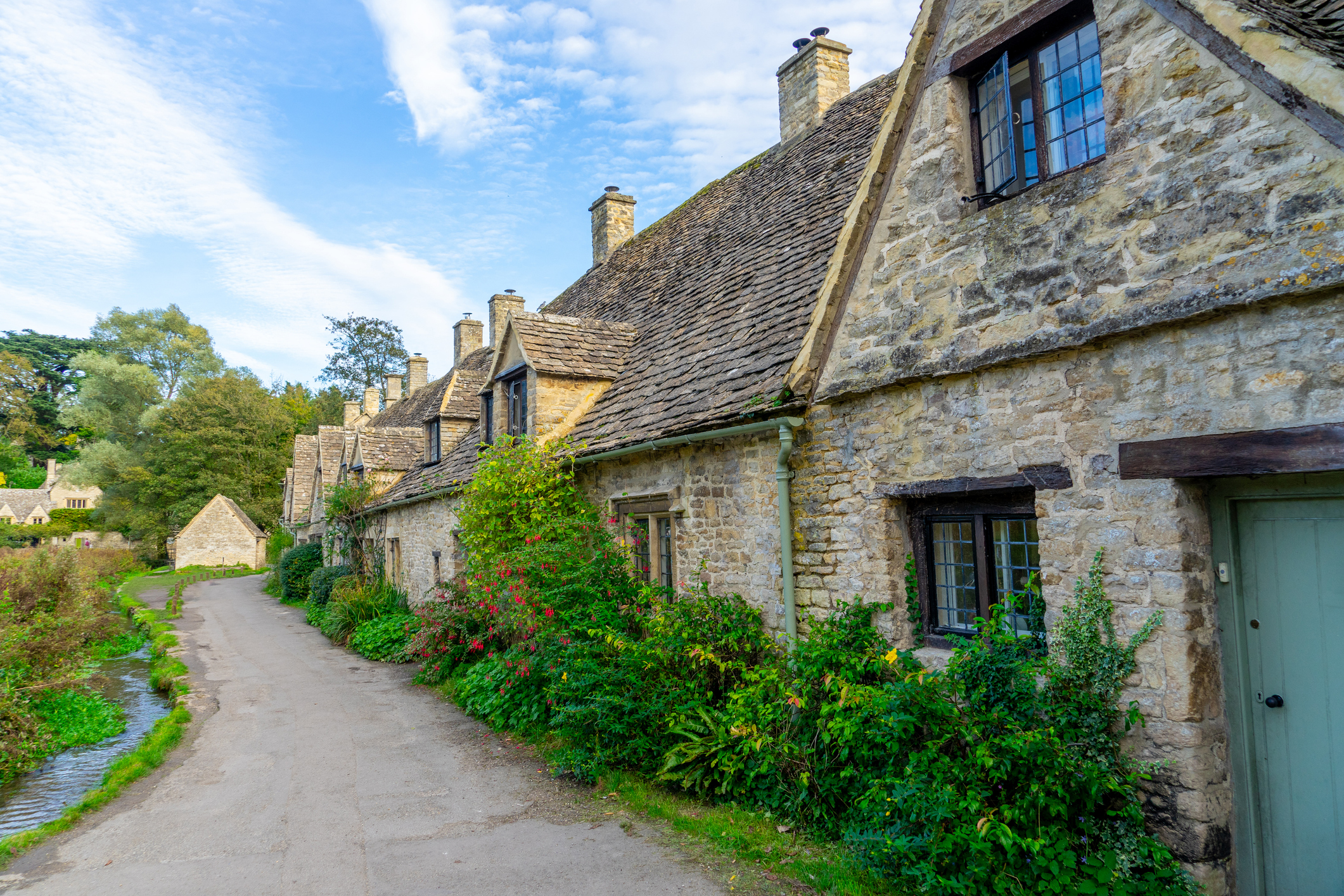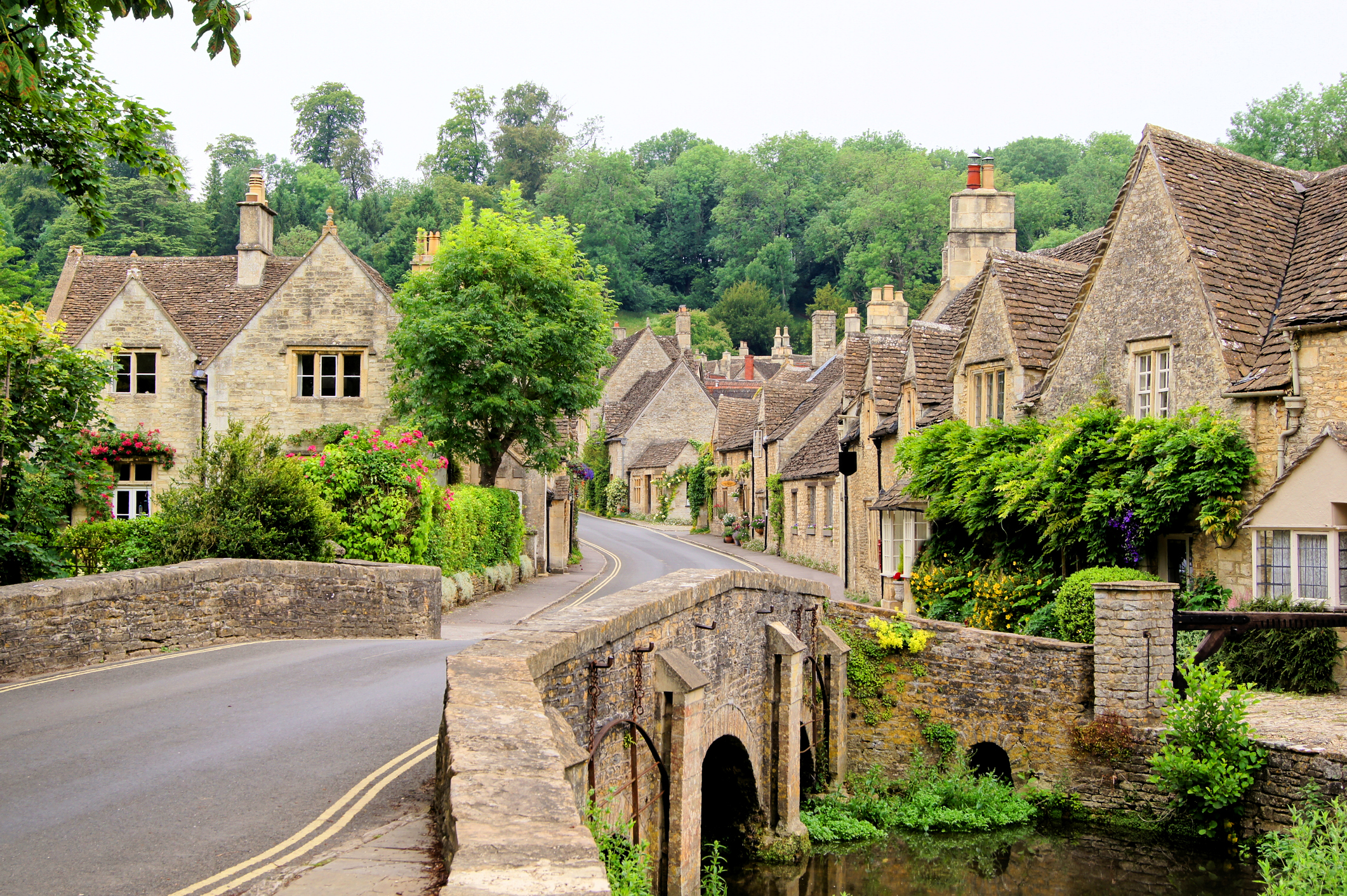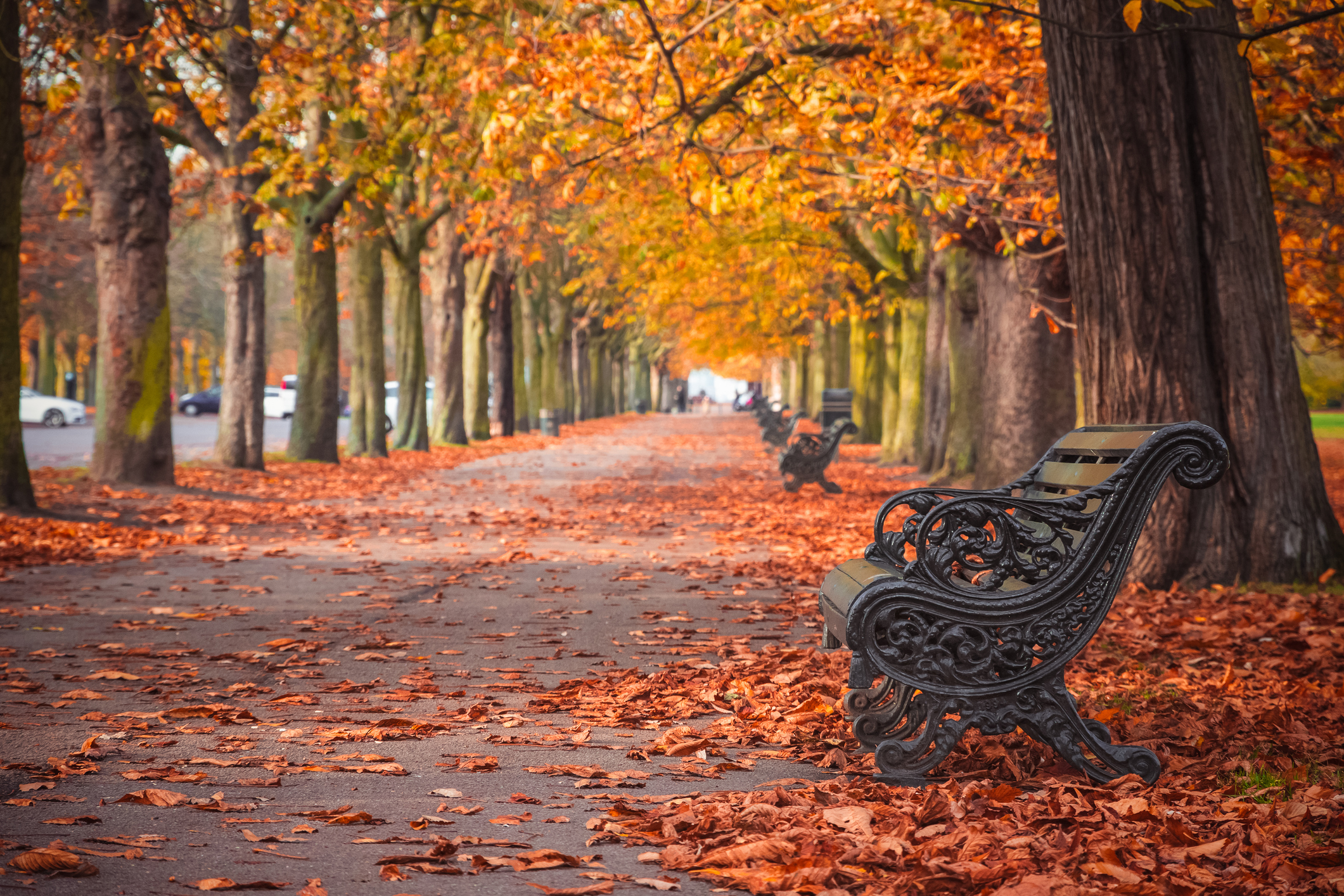Whether it’s exploring the great outdoors or simply finding a peaceful spot, the English countryside beckons many of us.
Before we buy some shiny new Wellington boots, though, let’s consider the practicalities of living outside of a major town or city.
Transport links
Ask anyone who grew up in the countryside and they’ll likely have opinions on the highs and lows of rural transport. From the narrow track that rumbles into the village to parking at the local train station, think about what your journeys will look like – especially if you have a daily commute to work. Find out about both the cost and convenience of travel, including any planned changes to roads and rail services.
You might also think about how your friends and family will reach your new home, particularly if you’re worried about feeling isolated.
Local amenities
Your favourite take-out? That cafe that sells delicious chai latte? The amenities near your home can play a big part in how much you enjoy living in an area. Consider the restaurants, shops and places where you currently spend time, as well as more practical amenities like doctor surgeries and schools. What’s in the new area and how easily can you reach places on a rainy weekday evening?
When thinking about schools, visit the local authority website to see if a property sits within the catchment area. Nurseries can have waiting lists, so again, research the specifics.
Energy bills and living costs
Escaping the hefty price tags of London and other cities might motivate your escape to the countryside. After all, research shows that people in the capital pay substantially more to achieve the same standard of living as those in the rest of the UK. But when totting up your numbers, don’t overlook other potential expenses.
For example, if you’re moving from a flat to a detached house, you’re likely to pay more in heating. Check out the Energy Performance Certificate of the new property and estimate your monthly bills. Likewise, you might pay more for broadband if you’re in a rural location with less infrastructure.
The surrounding area
Maybe you’ve found a peaceful little cottage? Fields stretching in all directions? While the set-up might seem perfect right now, it’s worth digging into the details of any upcoming works such as new housing developments or roads.
If you like the idea of strolls through nature, check out local footpaths, either online or, better yet, by walking around yourself. Or if it’s the call of local pubs you hear, make time after your property viewing to grab a drink and look at any noticeboards for community groups and events.
Tourism around the year
The village might be deliciously quiet when you visit and then – lo and behold – come summer, it’s crowds galore. For example, Bourton-on-the-Water in the Cotswolds is home to just 4,000 people and yet plays host to around 30,000 tourists each year. If there’s a tourism office, spot what kinds of attractions draw visitors and talk to locals about what you might expect. Consider how visitors travel to the area – is there a good train service over the summer months? A village could be both picturesque and organised in how it copes with its fans.
Final thoughts
When imagining your new life among the lush English countryside, nothing beats simply spending time talking to locals and exploring the sights and sounds. And of course, an experienced estate agent can provide a wealth of insights into an area. Get in touch with your nearest Winkworth office and start your next venture today.



